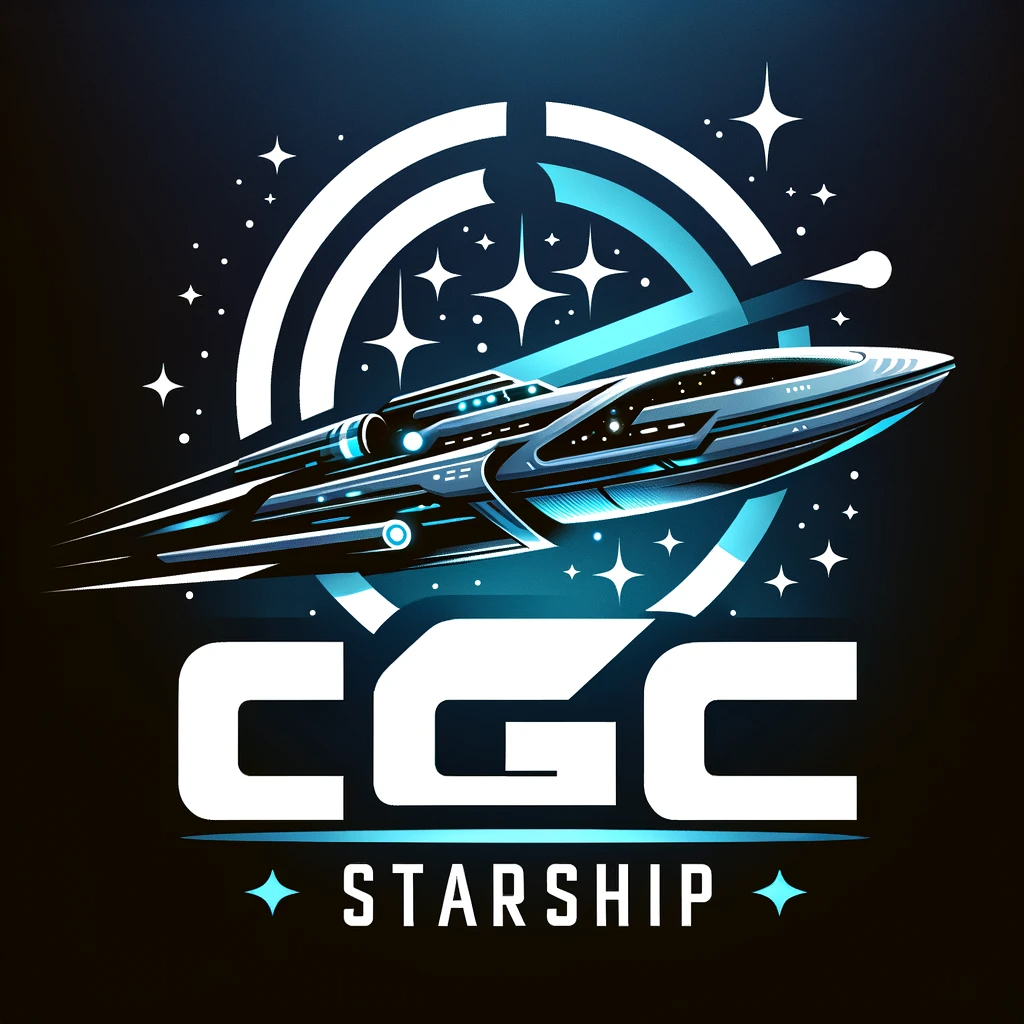- CGC#: CGC#00742
- Date: Jan 12, 2047
- Distance (AU): ~78 AU
Mission to Sedna and Discovery of Two Moons (Echo and Kalea)
Background
- Target: Sedna, a distant and mysterious dwarf planet located in the outer reaches of the Solar System.
- Objective: Scientific exploration and study of Sedna and its surroundings.
Key Developments
- Discovery of Two Moons: During the mission, the CGC crew discovered two previously unknown moons orbiting Sedna. These moons were provisionally named Echo and Kalea, after the twin sisters who are part of the CGC crew.
- Characteristics of Echo and Kalea:
- Echo: Exhibits unique geological features and potential signs of past volcanic activity. Its surface presents a mix of rock and ice.
- Kalea: Characterized by its smooth surface and potential sub-surface ocean. It has a high albedo, suggesting a predominantly icy surface.
Scientific Goals and Analysis
- Study of Moons’ Composition: Utilizing CGC’s advanced instruments, the crew conducted a detailed analysis of the moons’ composition, surface, and potential for harboring life.
- Investigation of Sedna’s Environment: The mission extended to understanding Sedna’s role in the Solar System, its formation history, and its environment.
Technological and Operational Highlights
- Use of Advanced Equipment: The mission involved the use of LEDA (Laser Exploration Discovery Analysis) and a Multispectrum Telescope for in-depth analysis.
- Collaboration with Earth-Based Teams: Continuous communication and data sharing with Earth-based research teams, enhancing the collective understanding of the outer Solar System.
Future Implications
- The discovery of Echo and Kalea opens new avenues for understanding the dynamics of dwarf planets and their moons in the Solar System. It also raises questions about the potential for life or past life in these remote regions.







